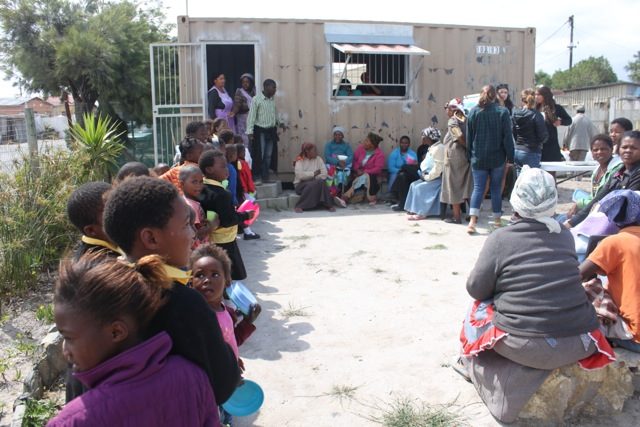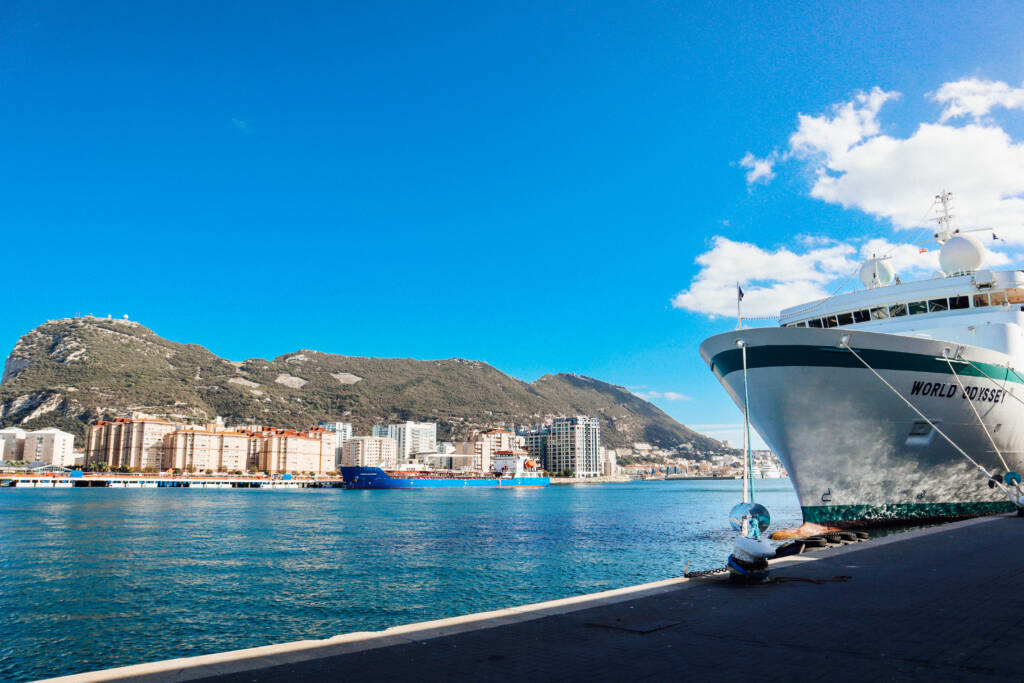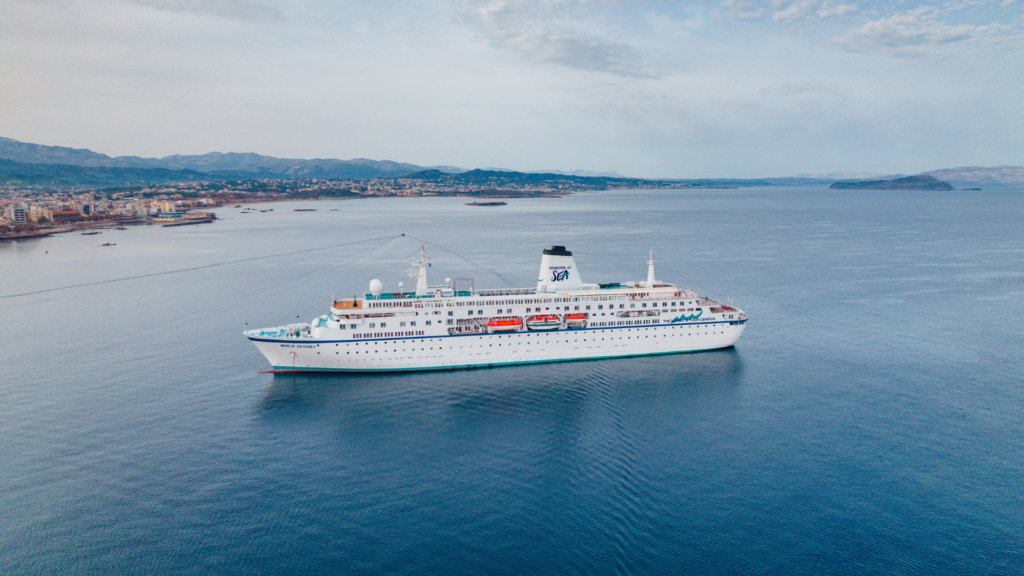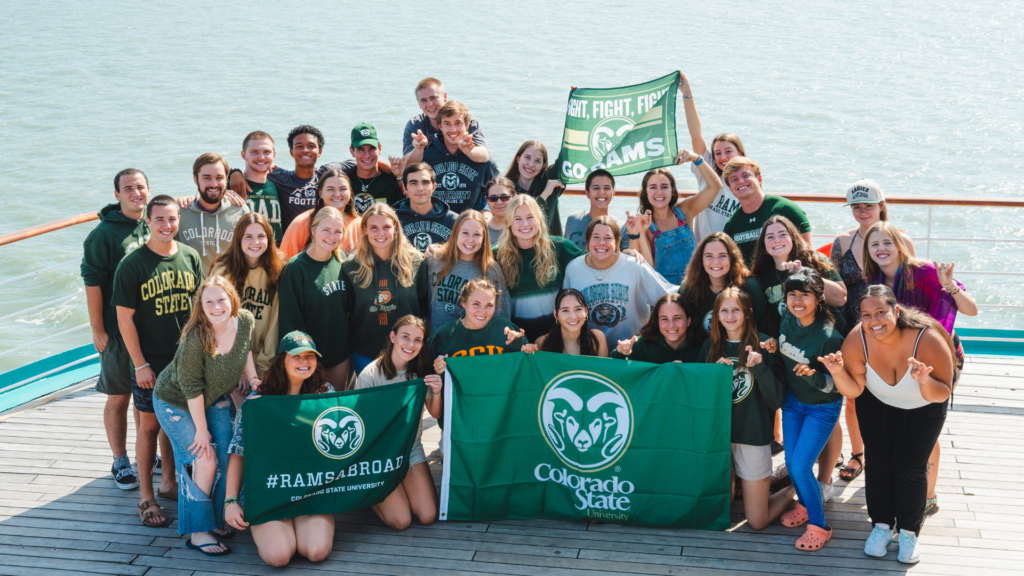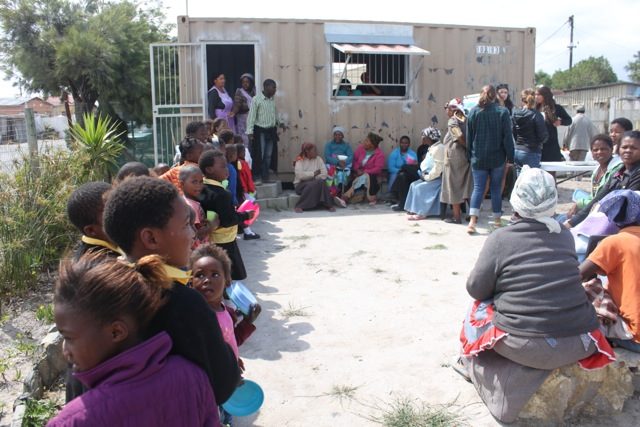
I’ve known since middle school that I wanted to work in the non-profit sector. But, it wasn’t until college that I found my focus: alleviating poverty through food and agriculture.
I first confirmed this career path during a trip to Ghana my freshman year on a two-week program through Santa Claire University's Food & Agribusiness Institute (FAI). An internship with Second Harvest Food Bank near my university reaffirmed my decision and I finally confirmed it in South Africa during a field program with Semester at Sea.
My faculty advisor, Greg Baker (who is also the director of the Food & Agribusiness Institute, and was a professor on the Fall 2011 Voyage) encouraged me to continue to expand my horizons by sailing this semester with Semester at Sea. In almost every port I’ve learned something more about agriculture education.
In Morocco, I learned that even the poorest people in the Dra√¢ Valley are able to eat well-balanced and nutritious meals because they produce the majority of the food on their own. In Ghana, I visited a school for four days and learned that the meal the children receive at school is usually the most nutritious meal they will have all day.
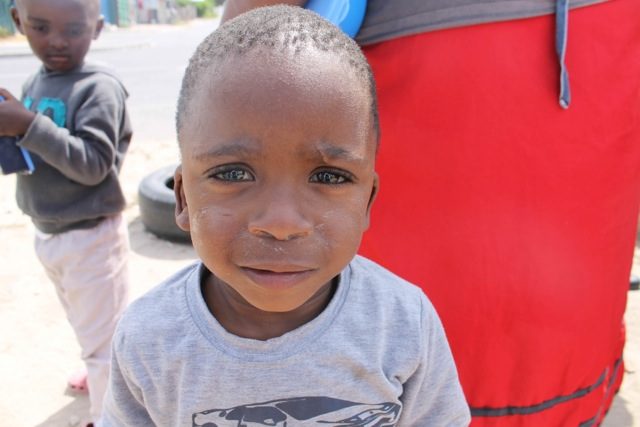
But it was in South Africa that I was truly impacted. I went on a field program to an NGO called Operation Hunger, a national organization that works to combat chronic malnutrition and poverty and operates in all nine provinces of South Africa. Operation Hunger (OH) started in the 1980s and is one of very few NGOs to survive through the apartheid government. It sets up “feeding schemes”, onsite hot meal programs, in neighborhoods, communities, townships and villages that suffer from food insecurity and poverty.
We visited one of Operation Hunger’s 18 sites, in Phillipi a township of over 100,000 residents, in Western Cape Province, which has 5.8 million residents. The feeding scheme serves about 100 people daily, mostly children afterschool. The program costs Operation Hunger about $300 a month to operate, yet the organization struggles to raise the money. It was a shock for me to hear this, given the resources that some programs in the U.S. receive.
Clement, our guide for the day, is the regional director of Operation Hunger for the Western Cape Province, one of only three employees for the entire province. Until a few years ago, about 70% of OH’s funding came from the national lottery, but when the lottery started losing money, they pulled the funding, forcing OH to close 23 feeding schemes, and let go of more than 40 employees in the Western Cape Province alone. In all of South Africa, there are now only five food banks.
OH receives little to no government aid and no assistance nor support from large grocery chains, but has a limited infrastructure to move products. Operation Hunger, similar to meal programs in the U.S., receives food from a food bank, but it is often just a box or two of an uncooked product, such as candies, rice or bread. Whatever can’t be grown on an onsite garden must be bought in bulk at supermarkets.
The feeding schemes set up by OH are run completely by the community and volunteers. When a community is selected, OH will hold workshops for all community members on general nutrition, farming techniques for a garden, and other skills for operating the scheme. It was an extremely impressive display of what a volunteer network could be.
Each feeding scheme consists of a community garden that is less than one hectare, a small shipping container, that OH pays for, which holds a few tables, an electric stove for cooking, and an outdoor faucet for water for the garden and the kitchen. The volunteers are guaranteed meals and get a portion of the crops from the garden to use at home and/or sell for profit.
Most of OH’s clients are children. The day we visited, Clement had a group of us work on a program that he organizes whenever SAS visits to informally track the weight and average rates of nutrition in the community.
Using two beat-up old scales, both nearly 13 years old, our job was to record the birthday and weight of each child, then use UNICEF and World Health Organization graphs that show, on a scale of -3 to +3, nourishment levels for children based on their ages: -3 is severely malnourished, 0 was well nourished, and +3 is overweight. We weighed about 80 kids that day, the majority of them -1s and -2s.
I have never felt more like I was in the right place at the right time in my life as when I was at Operation Hunger. Being there reconfirmed that I am on the right path for my future to reduce food insecurity worldwide, and to make a positive and sustainable impact.
I’m thankful for that day and for my experience with Semester at Sea. SAS has brought me around the Atlantic, back to Ghana, to a feeding scheme in South Africa, to hear Archbishop Desmond Tutu speak, and has surrounded me with brilliant, experienced, and impactful people.
